They might look sweet and innocent, but many of nature’s cutest creatures are a lot more than a cute little face: they can be deadly. As a reminder of that important principle, here’s our list of the 15 cutest animals in the world that could kill you. From fish to frogs, big cats to cassowaries, you may be surprised at how lethal these adorable creatures can be.
1. Pufferfish
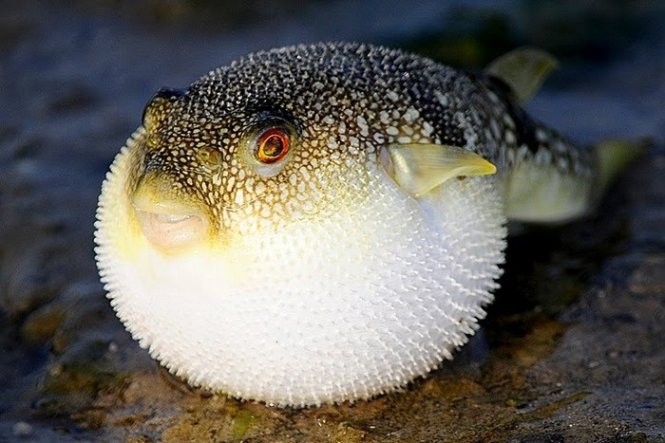
Few fish are cuter than a fully expanded, portly pufferfish—but don’t let that fool you. The pufferfish is the second most poisonous vertebrate on the planet. Fishermen recommend the use of thick gloves to avoid poisoning and the risk of getting bitten when removing the hook. The poison of a pufferfish, which has no antidote, kills by paralyzing the diaphragm, causing suffocation.
Nearly all pufferfish contain tetrodotoxin, a substance that makes them taste unpleasant (and sometimes lethal) to fish. Tetrodotoxin is deadly, up to 1,200 times more poisonous than cyanide. A single pufferfish has enough toxin to kill 30 adults. Despite this, it’s considered a delicacy in Japan, and only highly trained chefs are allowed to serve it; nevertheless, deaths still happen each year.
2. Slow Loris
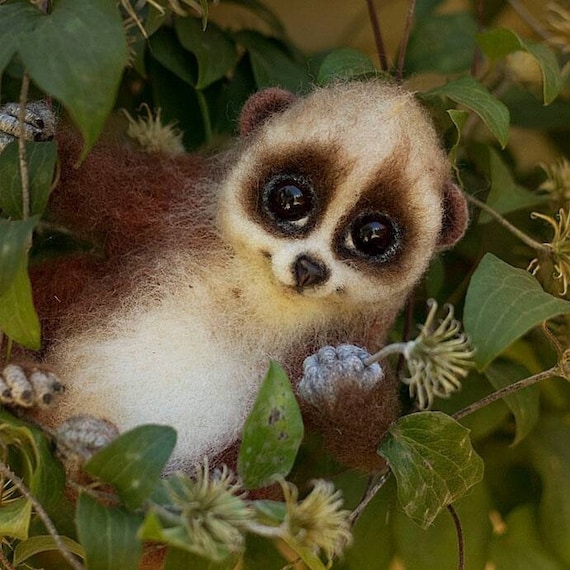
This animal might look harmless, but the slow loris is one of the only venomous mammals in the world. Its subtle nature makes it in demand by the illegal pet trade, but this furry creature also carries a toxin released from the brachial gland on the sides of its elbows. If threatened, the loris can take the venom into its mouth and mix it with saliva. The animal may also lick or rub its hair with this mixture to deter predators from attack. This toxin causes death by anaphylactic shock in some people. Not everyone reacts in this way; some people experience itchy red skin, a decrease in blood pressure, shock, and muscle convulsions.
With its bite, hiss-like noises, sinuous moves, and even the way it defensively raises its arms above its head, a 2013 study suggests that the loris might have evolved to mimic the cobra.Researchers also suggest that the slow loris’ markings resemble those of the snake.
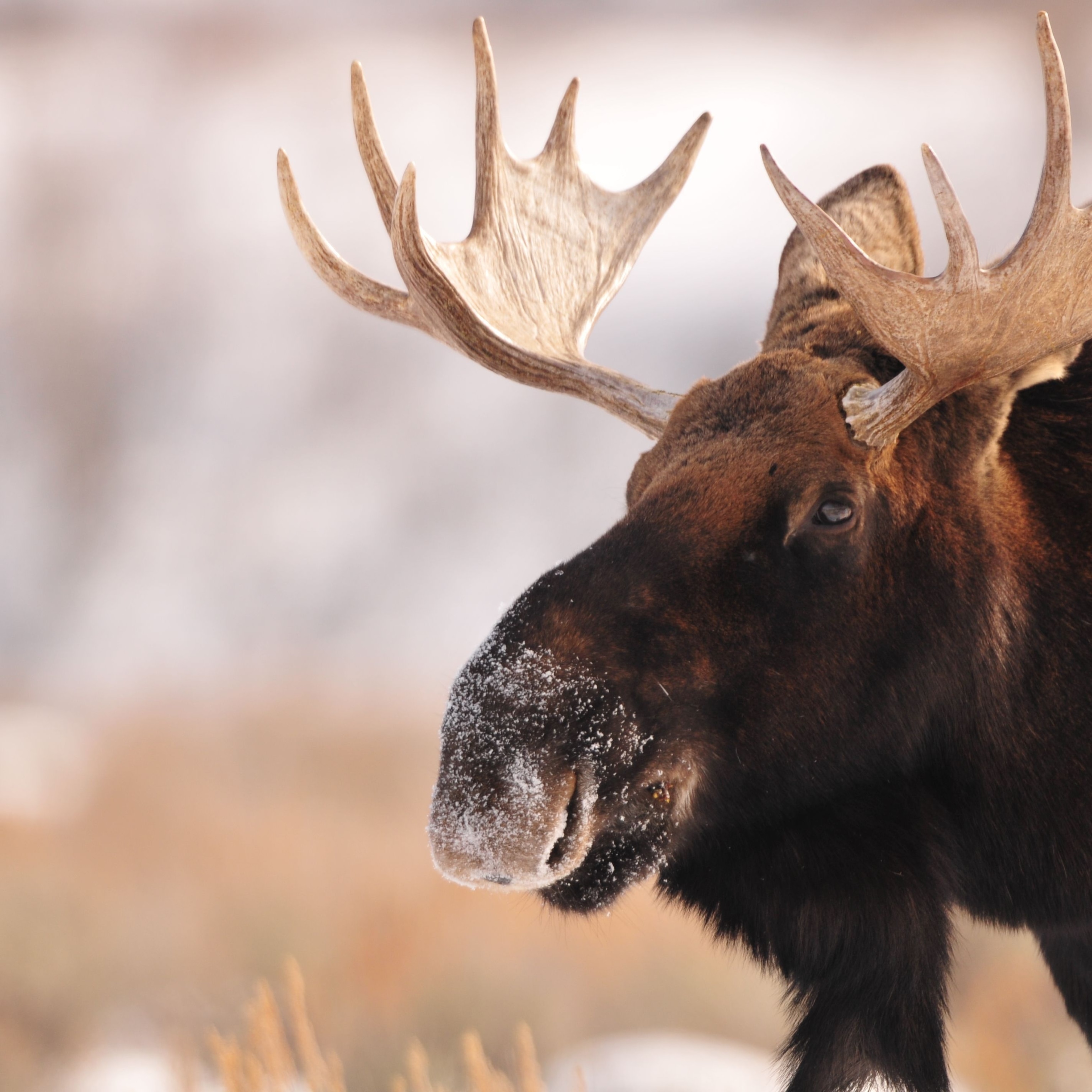
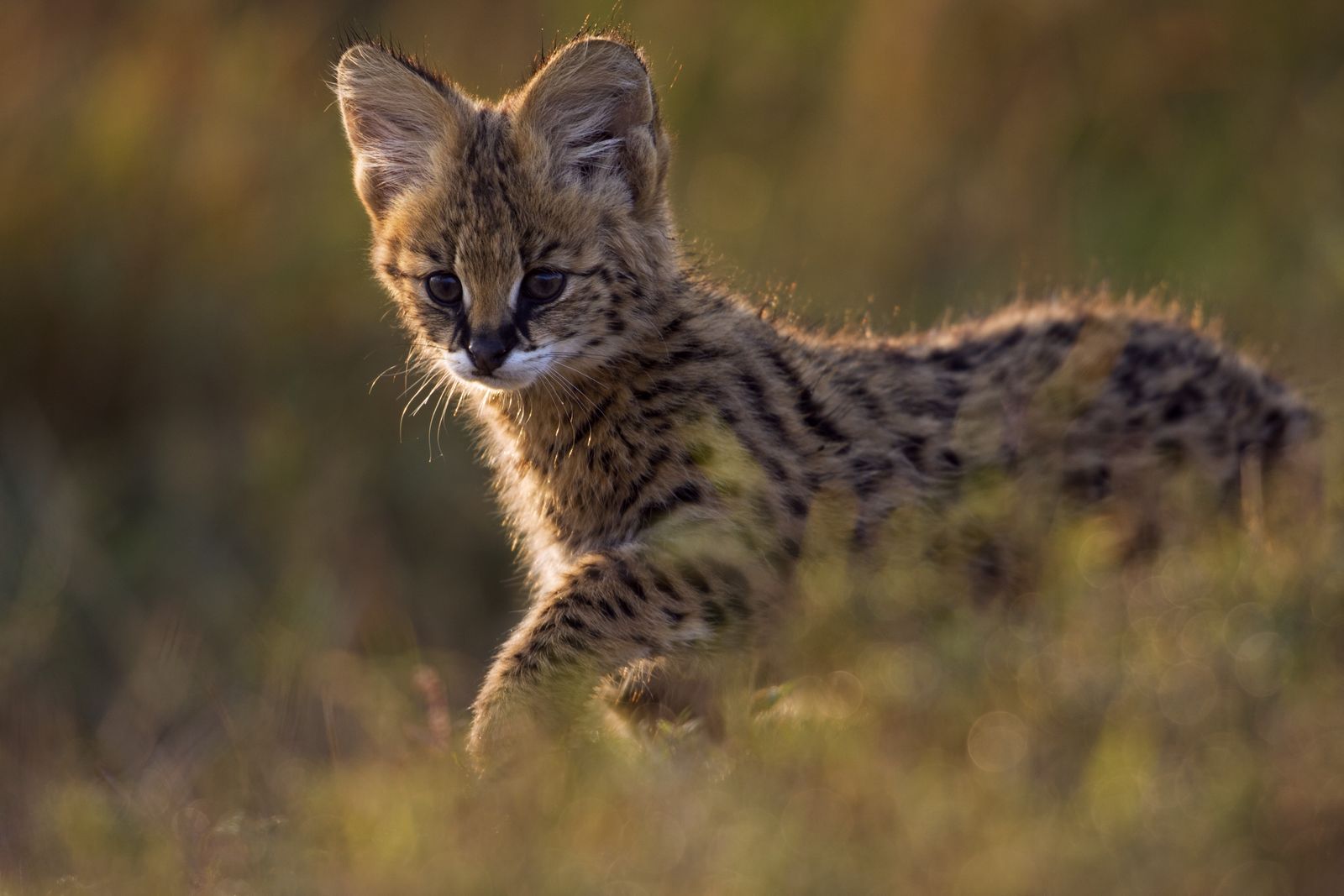
They might look like an overgrown version of your house pet, but don’t forget that you’re on the menu of almost all of the non-domesticated big cats. In North America, pumas are an occasional threat to lone hikers and small children. But all of the world’s big cats—including tigers, lions, jaguars, leopards, and cheetahs—can threaten lives if they are mishandled or provoked.
There are an estimated 15,000 big cats kept captive in the United States, and only a small percentage of them are in accredited zoos.
5. Cassowary
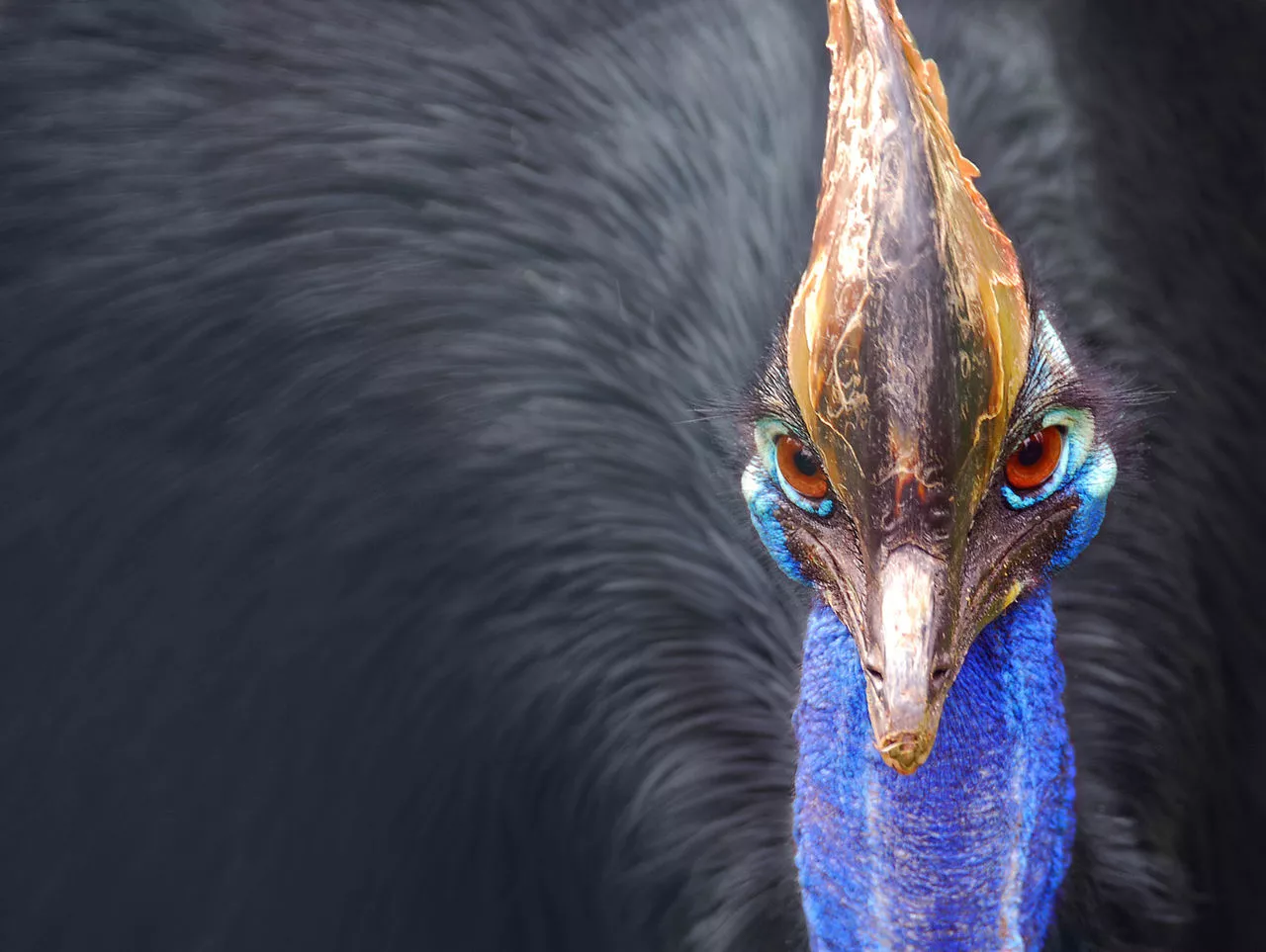
It prefers to keep a low profile, but when disturbed, the cassowary can become extremely aggressive and territorial. The flightless bird looks like a flamboyant ostrich wandering the rain forests of Australia and New Zealand. The cassowary, capable of running and leaping at high speeds, attacks by thrusting its large claws forward to disembowel its target. They can kick in both forward and backward directions, and may peck, charge, or headbutt.
The cassowary can charge up to 30 miles per hour and leap more than 5 feet in the air.The birds’ claws—one curved and two straight as daggers—are so sharp that New Guinea tribesmen put them over the tips of their spears.
6. Blue-Ringed Octopus
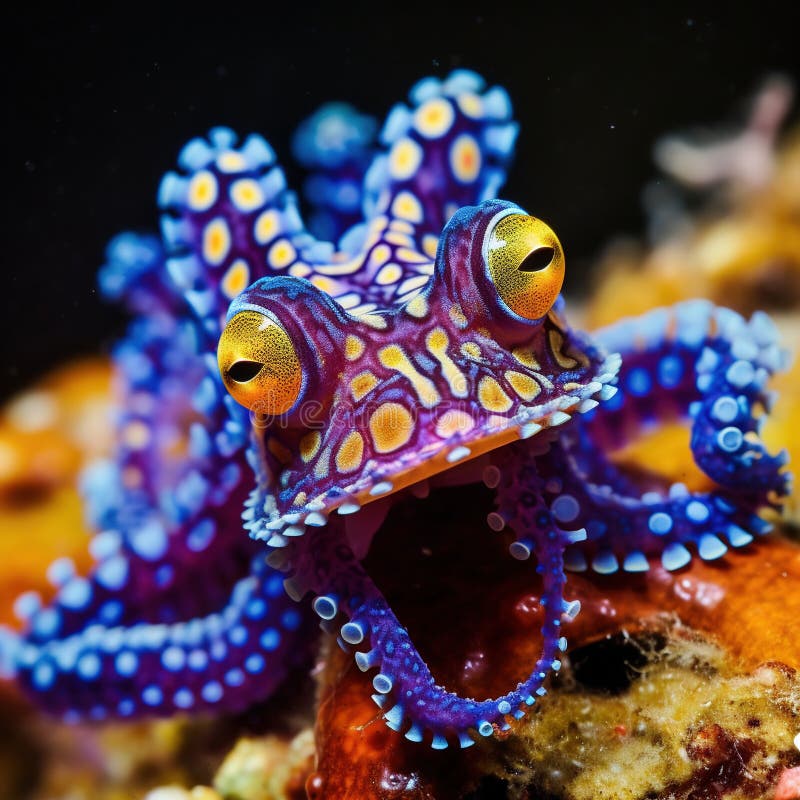
The tiny blue-ringed octopus, one of the world’s most venomous animals, can kill an adult human in minutes. It lives in tidal regions ranging from Australia to Japan. Frequently encountered by people wading in tide pools, it bites if stepped on or provoked. Blue-ringed octopus poison has no antivenom.
The name comes from the bright iridescent blue rings that show up when the octopus becomes alarmed. These rings are a warning when the animal is threatened. If a predator doesn’t leave, the octopus then attacks by ejecting venom that causes paralysis and, later, death. The more common blue-ringed octopus, Hapalochlaena maculosa, carries enough poison to kill 26 adults in just a few minutes.
7. Bears
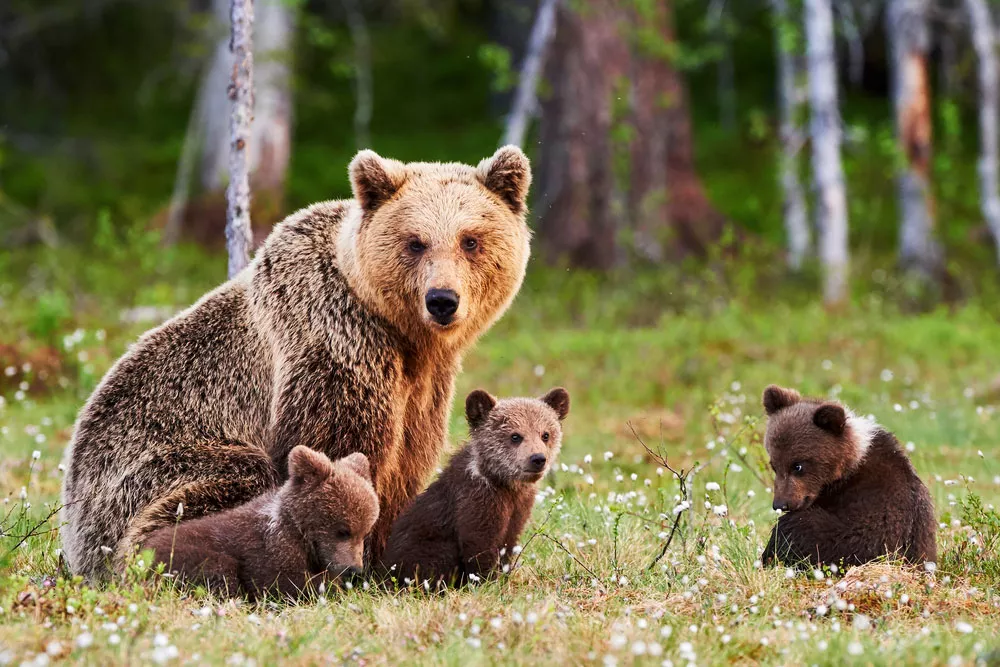
Bears are some of the most lovable large carnivores in the world, often the subject of childhood tales and treasured as teddy bears. It’s a strange association, given that they are also on the shortlist of animals known to hunt and kill humans. Grizzlies and polar bears are the most feared, but all large species of bear can potentially be dangerous—even the vegetarian giant panda.
A study in the Journal of Wildlife Management documented the 59 fatal black bear attacks between 1900 and 2009 in the U.S. and Canada.6 Researchers found that solo, hungry males, aka predatory bears—not mothers with babies—are most often the ones that kill. They stalk their prey silently from behind and should be fought as best you can. Playing dead only works when attacked by a mother grizzly defending her cubs.
8. Poison Dart Frog
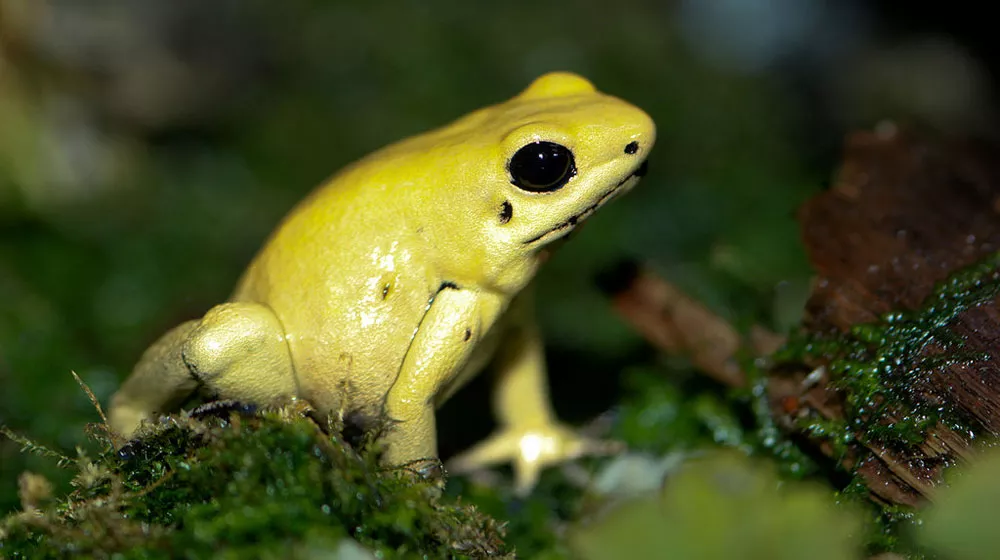
The charismatic colors might catch your eye, but such pizzazz is also nature’s way of telling you to stay away. The poison dart frog is among the most poisonous creatures on Earth. The two-inch-long golden poison dart frog, for example, has enough venom to kill ten adult humans.7 When eaten by a predator, the toxin in a frog attacks the nervous system and can cause muscle convulsions, salivation, and death.
Scientists aren’t sure of the origin of the frogs’ toxicity, but they might gather plant poisons carried by ants, termites, beetles, and other prey they eat. Poison dart frogs that are raised in captivity and isolated from native insects don’t develop venom.
9. Giant Anteater
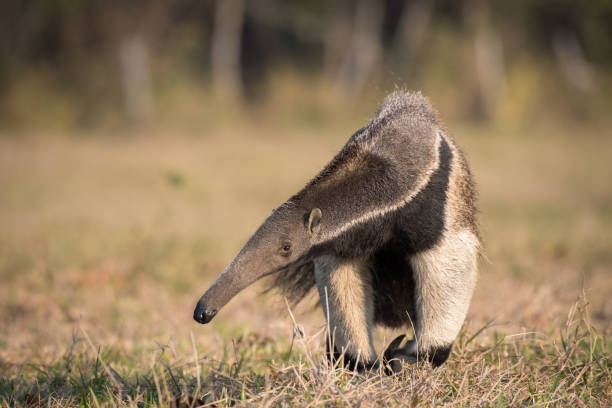
You wouldn’t know it by looking at it, but this large creature feeds only on ants and termites. Its size is part of what makes it such a dangerous animal, but the actual weapons are the powerful, sharp claws. If threatened, an anteater can maul a human and do an incredible amount of damage with just one swipe.
Anteaters aren’t aggressive, and happen to have poor eyesight and bad hearing, but they will fight back fiercely if cornered.8 A threatened, cornered anteater will rear up on its hind legs while using its large tail for balance. It will lash out with its claws, which can measure four inches long. The giant anteater is ferocious enough to fight off animals as aggressive as jaguars and pumas.
10. Wolverine
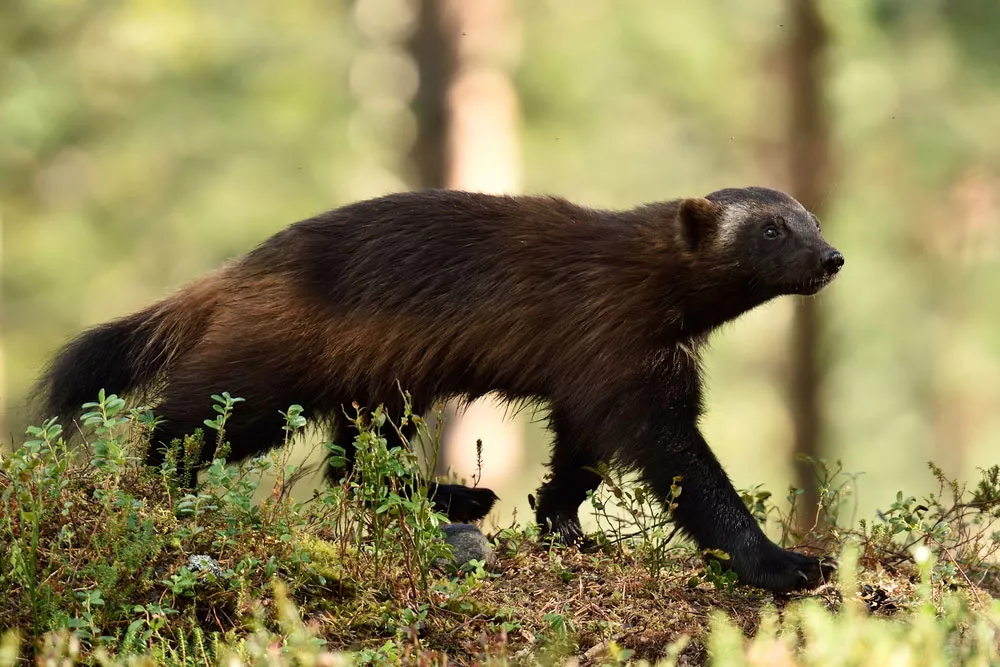
Steer clear of the potentially deadly wolverine. The popularity of the X-Men comics and movies pointed out the aggressive nature of this 25- to 55-pound weasel. Armed with powerful jaws, sharp claws, and a thick hide, the wolverine can take down prey as large as livestock or moose and steal food from bears and wolves.
Wolverines are perhaps best known for their attitude, says PBS.9 They don’t fear much larger predators such as wolves or bobcats and stand their ground when threatened. They are not known to attack humans, however.
11. Pfeffer’s Flamboyant Cuttlefish
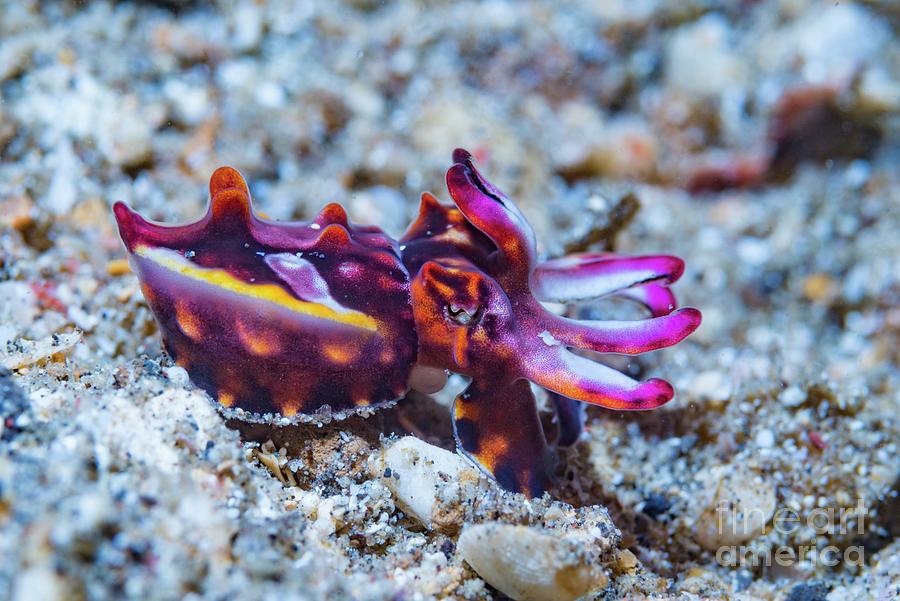
Don’t try to cuddle with this cuttlefish. Though charming and colorful, this aptly named fish’s displays serve as a warning. Like octopuses and some squid, this cuttlefish is venomous, with its muscles containing a highly toxic compound. It’s the only cuttlefish variety known to be toxic.10
Although cuttlefish rarely encounter humans, their poison is considered extremely dangerous and can be as lethal as the poison of the blue-ringed octopus, reports MarineBio.11
“Pfeffer’s Flamboyant Cuttlefishes, Metasepia Pfefferi“. Marinebio.Org.
Cuttlefish store their venom away in a razor-sharp beak hidden under those tentacles.
12. Leopard Seal
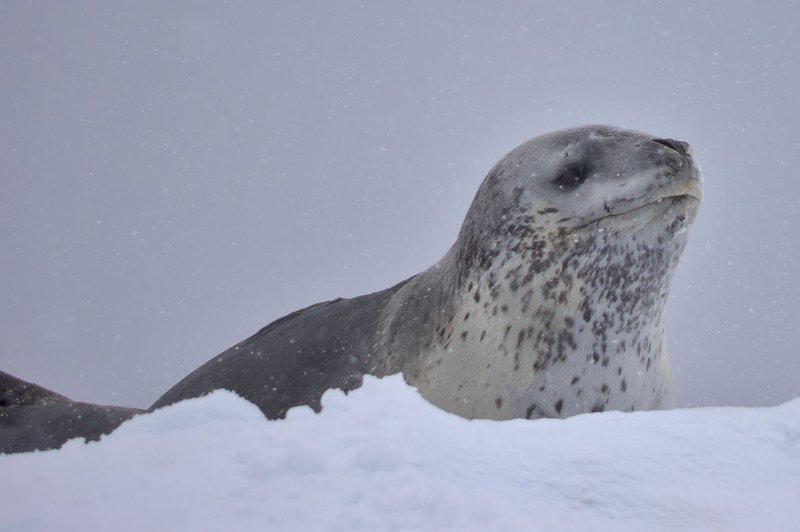
The leopard seal is at the top of the food chain in its home in Antarctica, and this is one predator you don’t want to join for a swim. It is bold, powerful, and curious, and will hunt people, although it usually targets penguins.
In 1985, Scottish explorer Gareth Wood was bitten twice on the leg when a leopard seal tried to drag him off the ice and into the sea, and in 2003 a leopard seal dragged snorkeling biologist Kirsty Brown underwater to her death in Antarctica.
13. Gila Monster
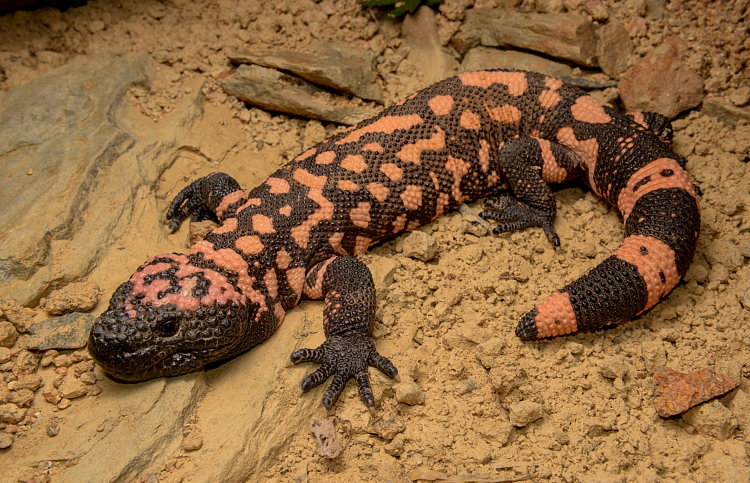
This chunky lizard with pink or orange spots is one of the few venomous lizards in the world and the largest lizard native to the United States. Though it is sluggish, the Gila monster is capable of delivering a painful dose of venom when stepped on or provoked. The toxin comes from glands in the lizard’s lower jaw.14 The Gila monster has a rarely fatal but powerful bite and will often not loosen its grip for several seconds, even chewing to help spread the venom deeper into its victim.
If a Gila monster latches onto you, the University of Adelaide Clinical Toxinology Resources group suggests you submerge the lizard in water to break free from its strong jaws.
14. Elephant
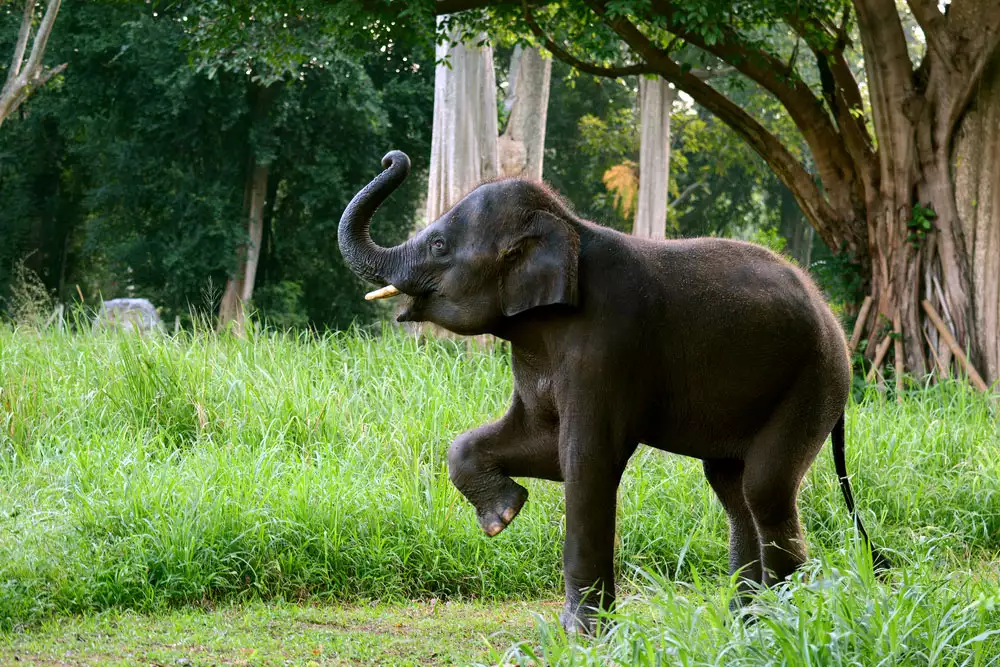
The elephant is often portrayed as a lovable giant, and animals domesticated by trainers and zookeepers can be quite peaceful. But if agitated, abused, or if encountered in the wild, an elephant can be one of the most dangerous creatures in the world. Elephants experience unexpected bouts of rage and are known to be vindictive. They kill by goring, stepping on, or by using their trunk to deliver a powerful blow. In India, hundreds of people are killed by mistreated or rampaging elephants each year.16
According to the National Geographic Channel documentary “Elephant Rage,” around 500 people are killed worldwide by elephants each year.
15. Monkeys and Apes
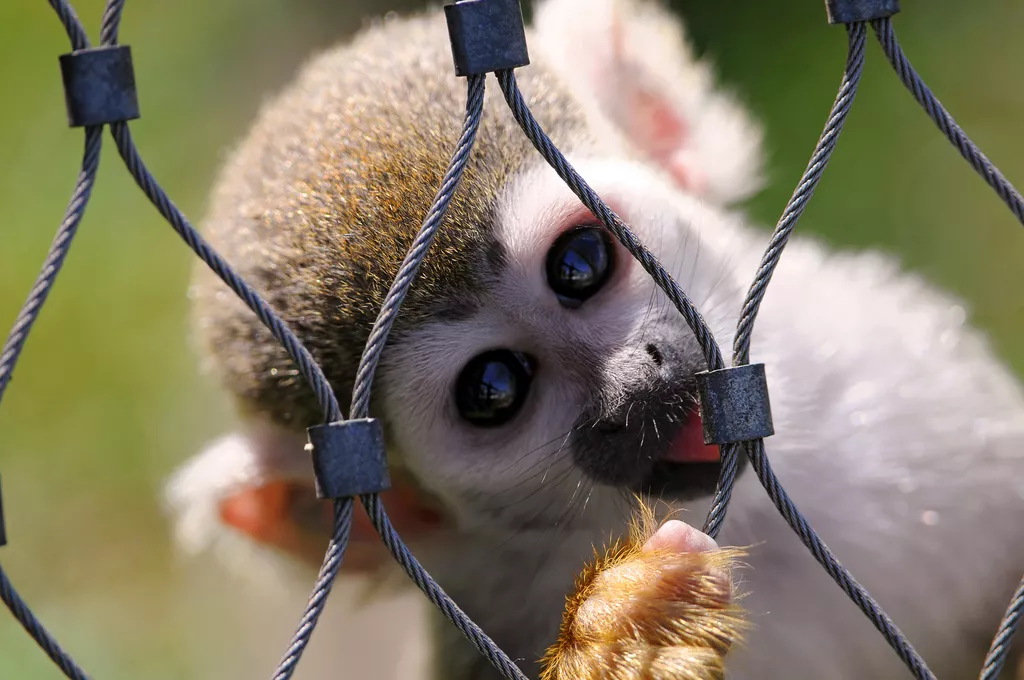
These animals are most similar to humans, creating a natural bond and some pitfalls as well. Some diseases carried by monkeys and apes easily transmit to humans. Even a small monkey can bite, potentially spreading a virus such as hepatitis C. Larger apes, such as chimpanzees, orangutans, and gorillas, are mighty animals capable of mauling a human if they feel threatened.
Sometimes even chimps kept as pets have harmed their owners. It could be due to aggressive tendencies, illness, or even frustration, say experts. In any case, don’t underestimate their brute strength. The chimpanzee is the only primate, other than humans, to actively prey upon humans.





